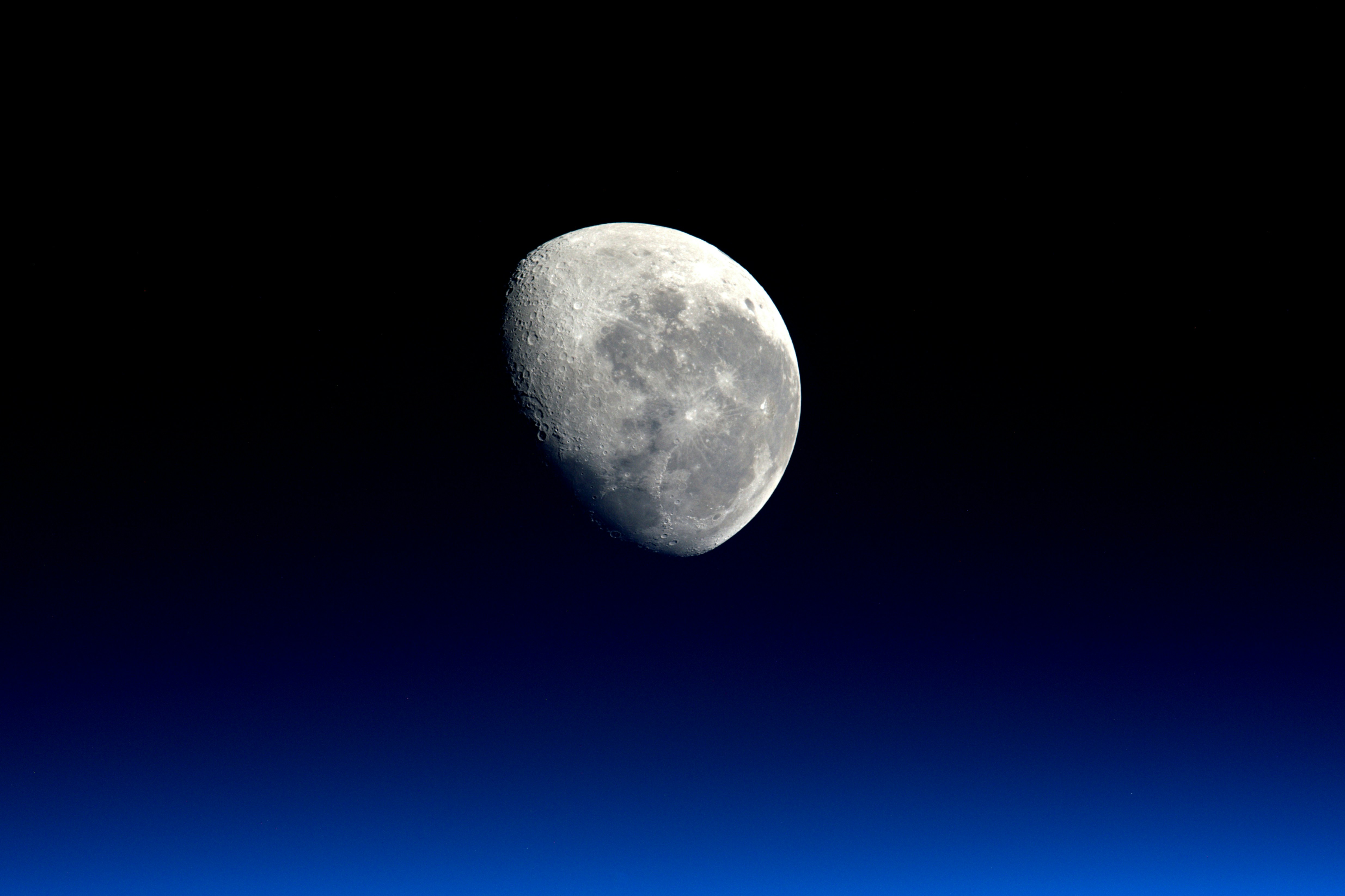The Moon, our closest neighbor in space, holds secrets that stretch back billions of years. One of its most fascinating features, the South Pole–Aitken (SPA) basin, has now been confirmed as the oldest known impact crater in the Solar System. Scientists have dated this massive lunar scar to an astonishing 4.33 billion years old, shedding new light on the Moon’s early history and the chaos of the early Solar System.
A Record-Breaking Crater
The South Pole–Aitken basin is enormous - about 2,000 kilometers wide and 1,500 kilometers long. Located on the far side of the Moon, it was created when a giant asteroid slammed into the lunar surface, blasting material from deep within the Moon’s crust and mantle. This impact was so powerful that it reshaped the Moon’s surface and may have triggered volcanic activity on its nearside.
Scientists discovered the basin’s age by studying fragments of a lunar meteorite called Northwest Africa (NWA) 2995. These fragments contained tiny minerals like zircon and phosphate, which act like time capsules. By analyzing the isotopes in these minerals, researchers were able to determine that the SPA basin formed 4.33 billion years ago - making it the Moon’s oldest known impact site.
Why This Matters
Understanding the age of the SPA basin is a big deal. It tells us more about a time in the Solar System’s history when asteroid impacts were common. For decades, scientists thought there was a “late heavy bombardment” about 3.9 billion years ago - a short, intense period of impacts that shaped the Moon and other planets. However, this new research suggests that impacts may have been more spread out over hundreds of millions of years.
The SPA basin is also a unique window into how the Moon - and other rocky planets like Earth - evolved. The impact would have melted large portions of the Moon’s surface, mixing and reshaping its crust. By studying the basin, we can learn more about how similar processes may have shaped Earth during its earliest days.
How Scientists Unlocked the Mystery
The minerals in the meteorite fragments provided key clues. Minerals like zircon are incredibly durable and can preserve isotopic “fingerprints” of ancient events. These isotopes revealed the timing of the SPA impact and confirmed its place as one of the earliest major events in the Moon’s history.
The impact also erased evidence of even older craters, making the SPA basin one of the best records of the Moon’s early days. Its massive size and depth make it a geological treasure trove, preserving clues about what the Solar System was like billions of years ago.
Looking to the Future
The South Pole–Aitken basin has captured the attention of scientists worldwide. Future missions, like NASA’s Artemis program and China’s Chang’e-6, aim to collect samples directly from the basin to confirm these findings and uncover more details about its formation. These missions could reveal even more about the Moon’s early history and its role as a “time capsule” for the Solar System.
Studying the Moon also helps us understand Earth’s ancient history. Unlike Earth, the Moon’s surface has remained mostly unchanged for billions of years, making it a perfect place to study the cosmic events that shaped our Solar System.
A Journey into the Past
The discovery of the SPA basin’s age is a reminder of how much the Moon has to teach us. This ancient crater, formed by a massive collision billions of years ago, holds clues about the early chaos of our Solar System. By exploring it further, we’re not just learning about the Moon - we’re uncovering the history of Earth and the planets around us. It’s a journey into the past, with exciting discoveries still waiting to be made.


